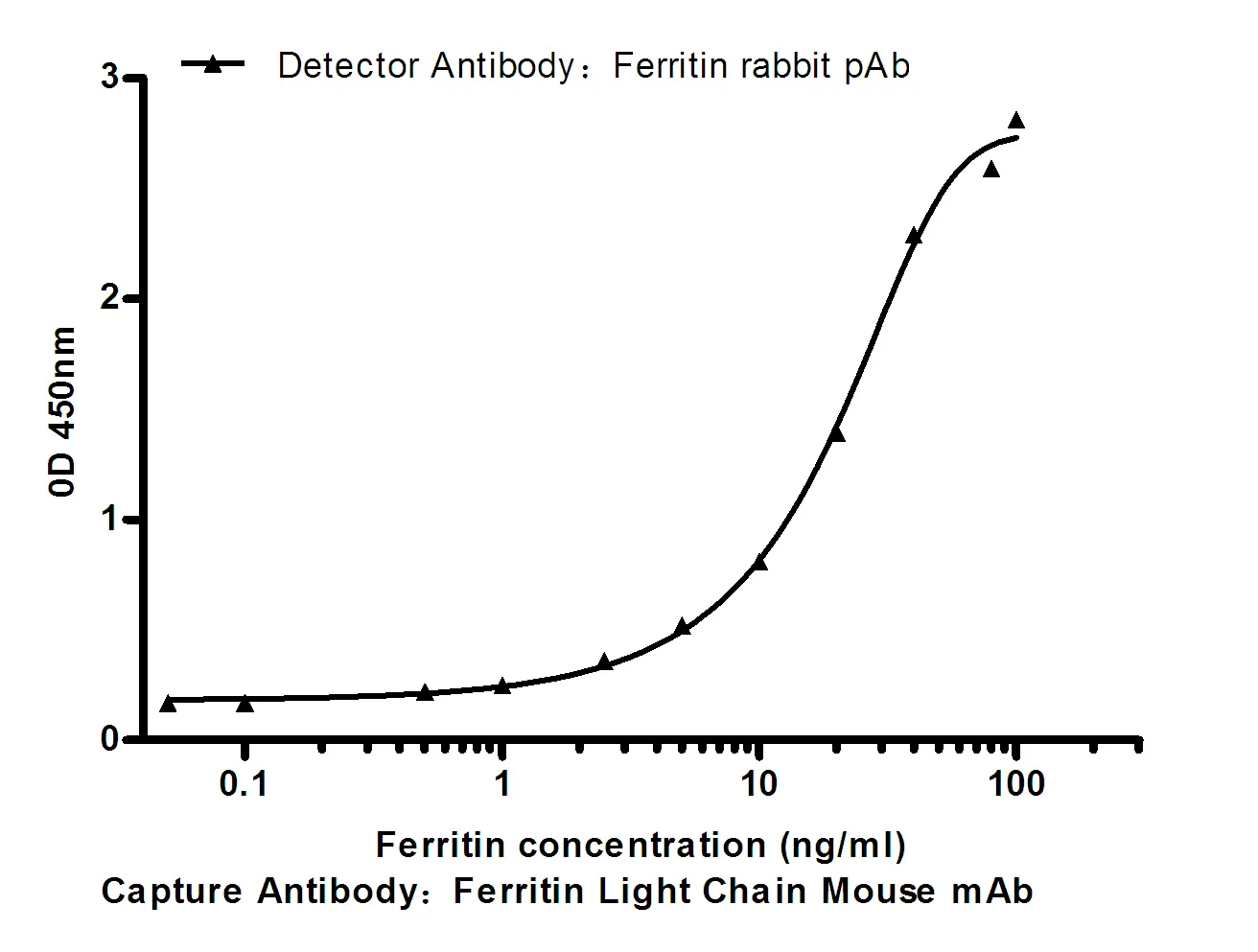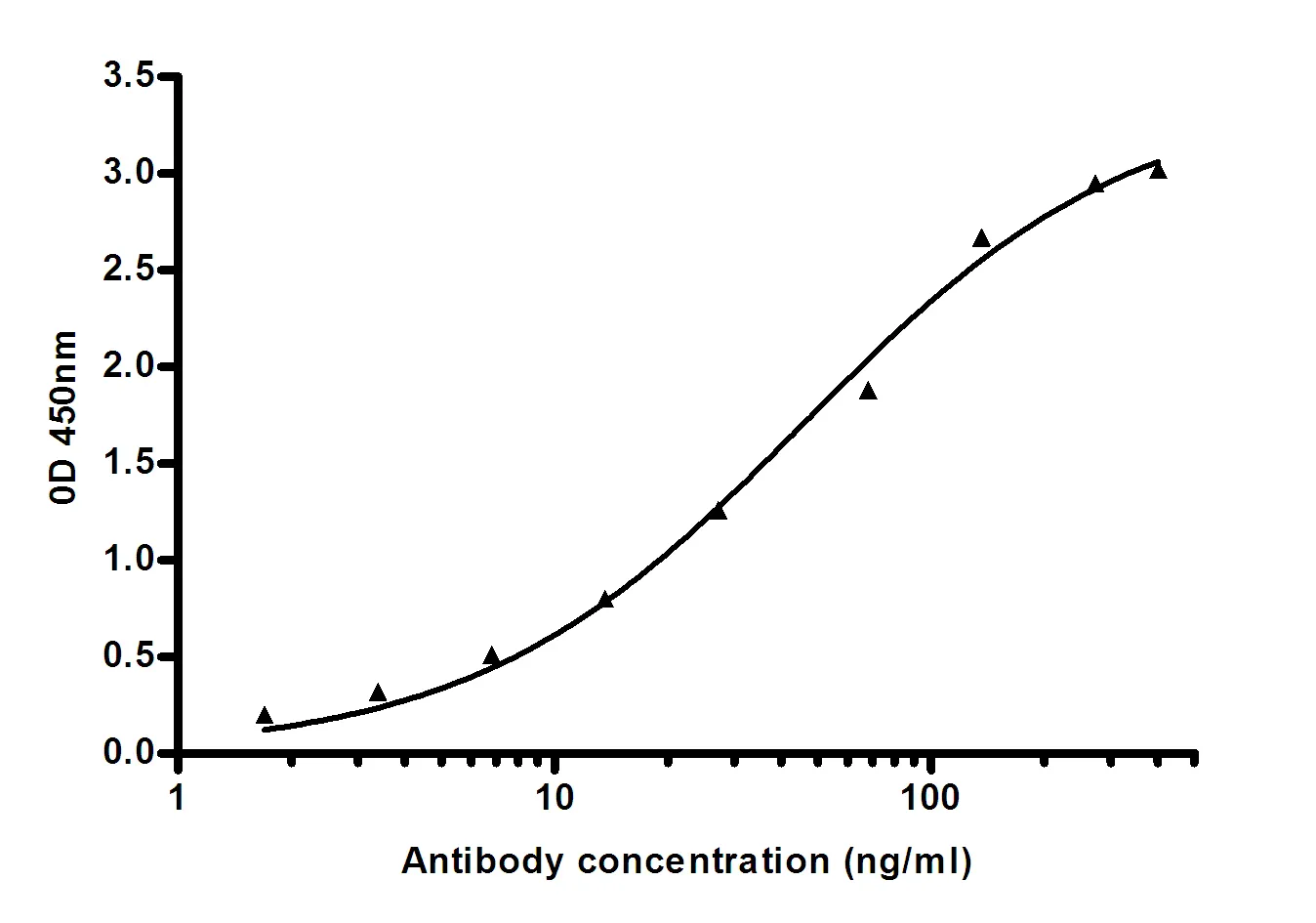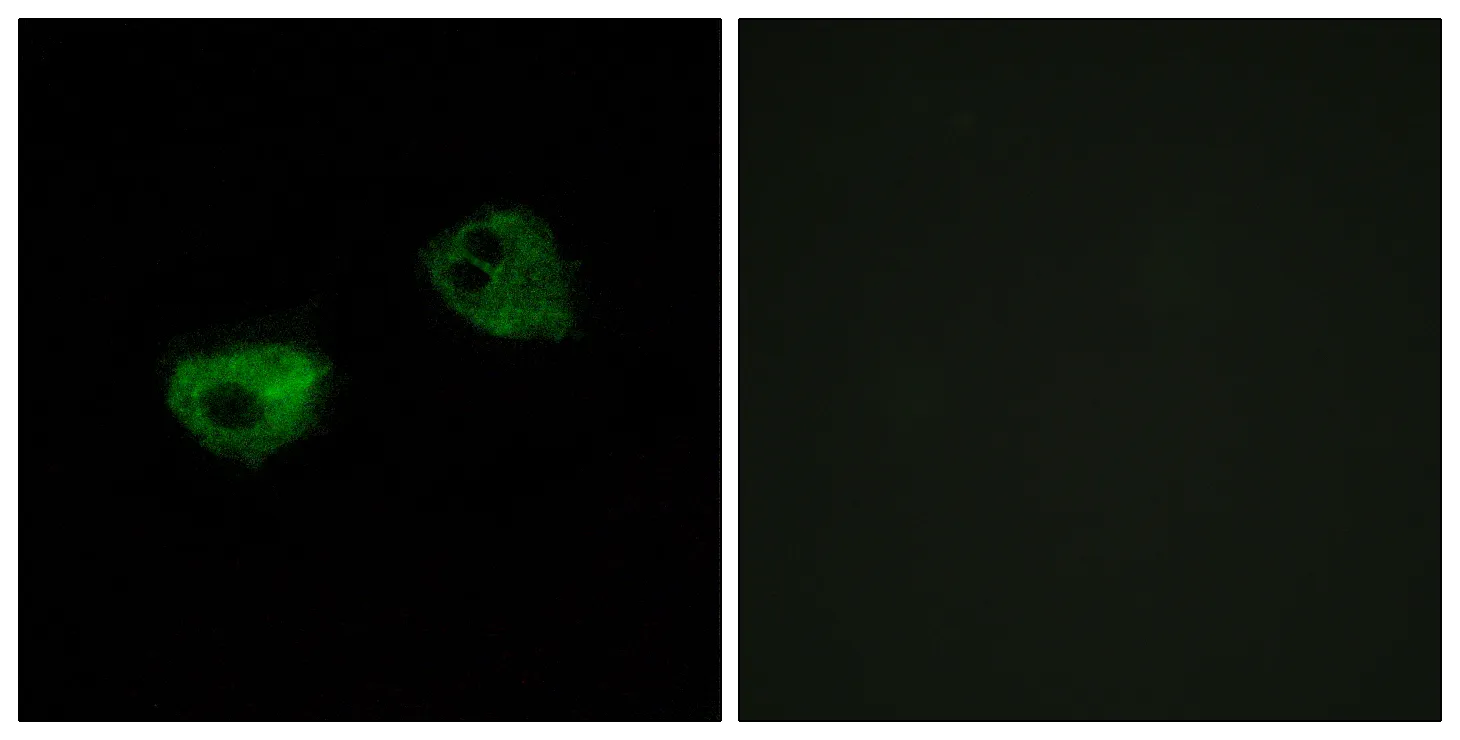Summary
Performance
Immunogen
Application
Background
similarity:Belongs to the small GTPase superfamily. RGK family.,subunit:Interacts with calmodulin preferentially to the inactive, GDP-form. Binds CAMKII which is capable of phosphorylating RAD in vitro.,tissue specificity:Skeletal and cardiac muscle, and lung. Lesser amounts in placenta and kidney. Also detected in adipose tissue. Overexpressed in muscle of type II diabetic humans.,similarity:Belongs to the small GTPase superfamily. RGK family.,subunit:Interacts with calmodulin preferentially to the inactive, GDP-form. Binds CAMKII which is capable of phosphorylating RAD in vitro.,tissue specificity:Skeletal and cardiac muscle, and lung. Lesser amounts in placenta and kidney. Also detected in adipose tissue. Overexpressed in muscle of type II diabetic humans.,
Research Area




